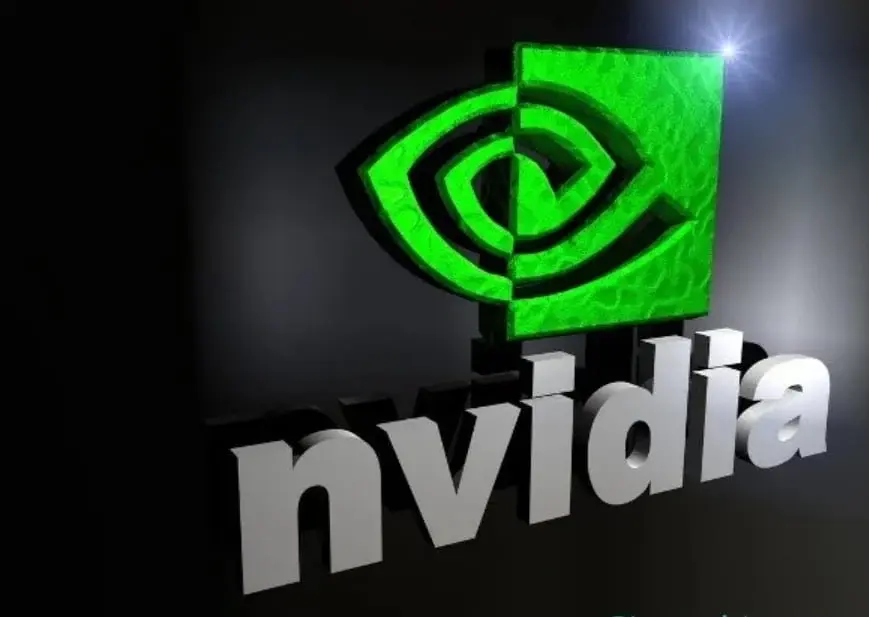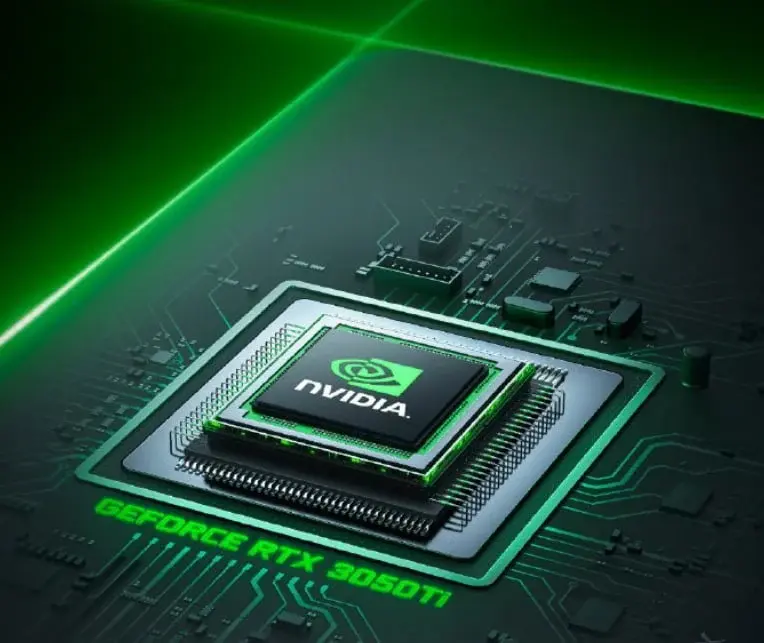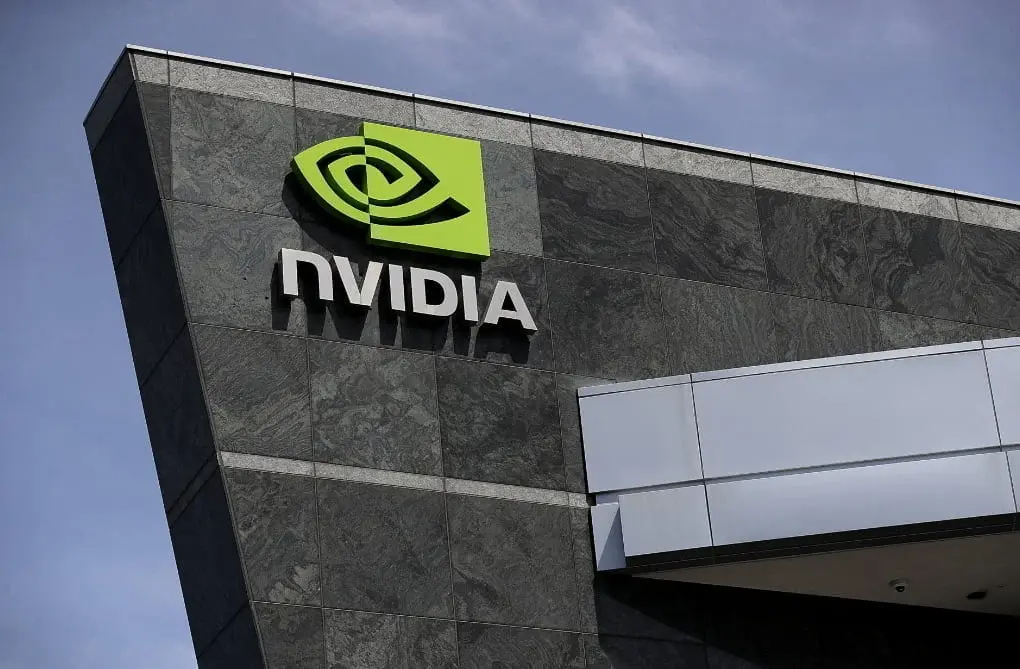NVIDIA has recently introduced the public beta version of RTX Remix, a comprehensive platform that utilizes NVIDIA Omniverse to modify classic DirectX 8 and DirectX 9 games. With features like DLSS (Deep Learning Super Sampling) and ray tracing, users can now enhance games such as "Call of Duty 2" and "Garry's Mod" with RTX functions, all with just a single click.
Introducing RTX Remix Platform
The RTX Remix platform is equipped with a range of tools and features that streamline the modification process. One of its key functionalities is the extraction workflow, which allows users to convert various file formats into the Universal Scene Description (openUSD) format. This makes it effortless to open and edit files in Omniverse-connected applications, including RTX Remix itself.
Enhancing Visual Experience
One standout feature of RTX Remix is the ability to replace game models with high-polygon replacement assets, offering the same level of detail and fidelity found in modern games. NVIDIA has curated an extensive collection of high-quality USD materials that users can directly utilize or import into their mods. This significantly enhances the overall visual experience.
Moreover, the platform supports a wide range of Physically Based Rendering (PBR) material maps, including reflection, metallicity, roughness, self-illumination, normal, subsurface scattering map channels, and height maps with Parallax Occlusion Mapping (POM) technology. These features contribute to the creation of realistic textured surfaces.
Realism through Ray Tracing
By utilizing panoramic ray tracing technology, RTX Remix enables the recreation of lifelike lighting effects. This means that basic lights can now be transformed into physically accurate dynamic lights that cast high-fidelity ray-traced shadows. When combined with enhanced textures featuring PBR properties, the overall gaming experience becomes even more immersive and realistic.
Remastering Made Easy
For users involved in remastering efforts, RTX Remix offers multiple views to aid in the modification process. Wireframe mode allows users to inspect polygonal details, while White Mode provides a neutral lighting environment for better observation. With these features, gamers and modders alike can reshape and enhance classic games, elevating them to the visual standards of contemporary titles.
With the launch of RTX Remix, NVIDIA has provided a powerful platform that empowers users to breathe new life into older games. By incorporating DLSS and ray tracing, this end-to-end solution opens up endless possibilities for game modification and remastering.










